Optimal Seasons for Roofed Pergola Installation
Roofed pergola installations can enhance outdoor living spaces by providing shade and aesthetic appeal. The timing of installation impacts project efficiency, material availability, and weather considerations. Understanding optimal periods ensures a smooth process and long-lasting results.
Spring and early fall are ideal due to moderate weather conditions, reducing delays caused by extreme heat or cold.
Avoid installations during heavy rain or snow to prevent delays and ensure safety during construction.
Scheduling during off-peak seasons can improve access to materials and reduce costs.
Early planning in favorable seasons allows for better customization and coordination.
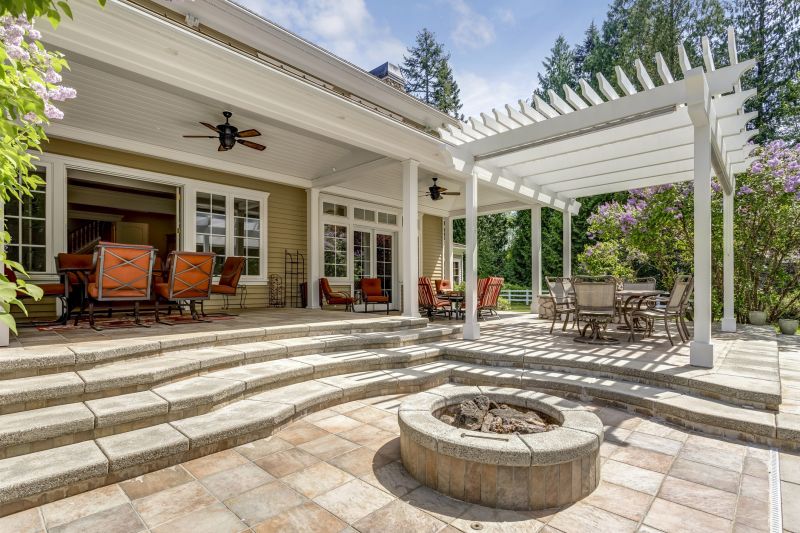
Spring offers mild temperatures ideal for outdoor construction activities.
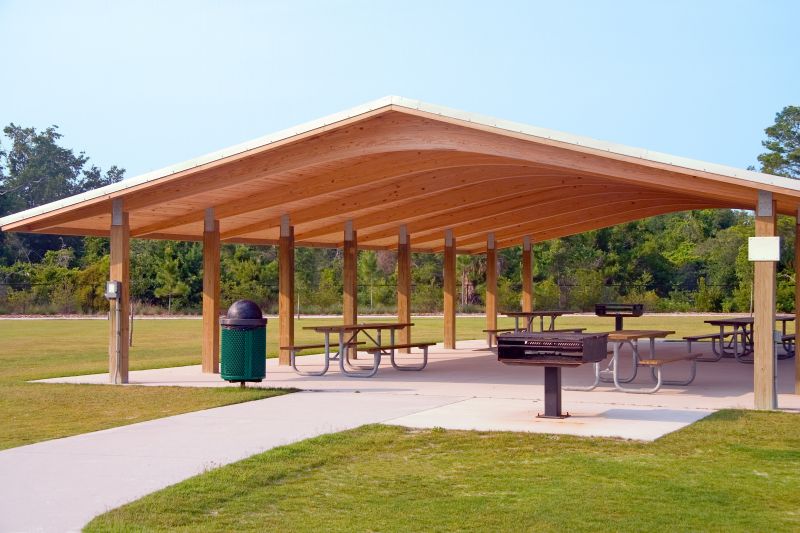
Summer can be suitable but requires planning around high temperatures and potential heat delays.

Early fall provides cooler weather, making it a popular choice for installation projects.
Roofed pergola installations are a valuable addition to outdoor spaces, offering shade, privacy, and aesthetic enhancement. Proper timing ensures optimal construction conditions, material availability, and durability. Planning installations during seasons with moderate weather reduces the risk of delays and complications, leading to a more efficient process.
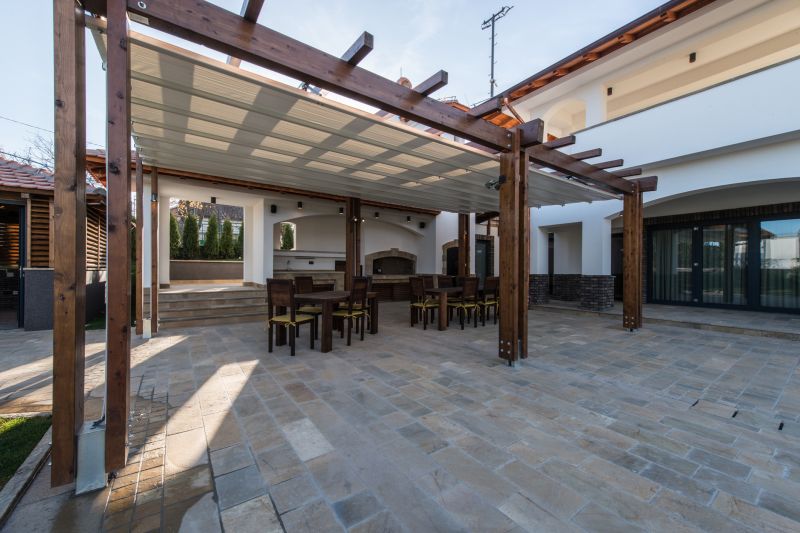
Construction during mild weather conditions ensures better work quality and material performance.
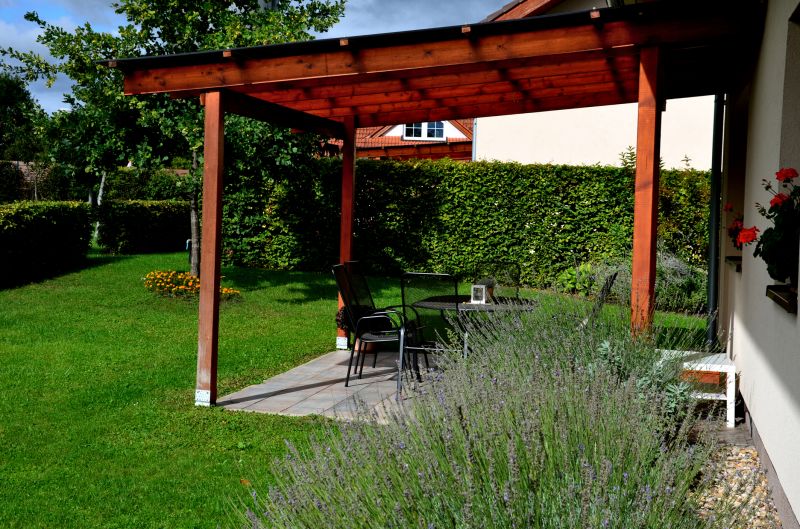
Choosing the right season can extend the lifespan of the pergola by minimizing weather-related stress.
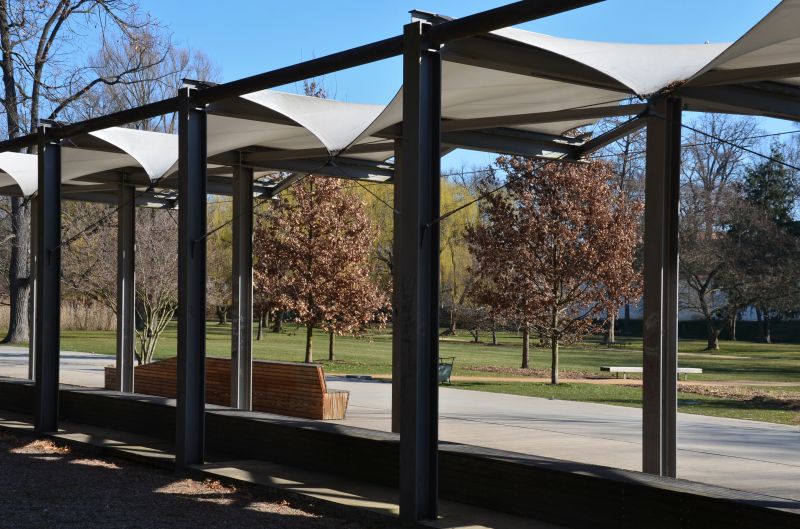
Scheduling ahead during optimal seasons allows for better resource management and customization.
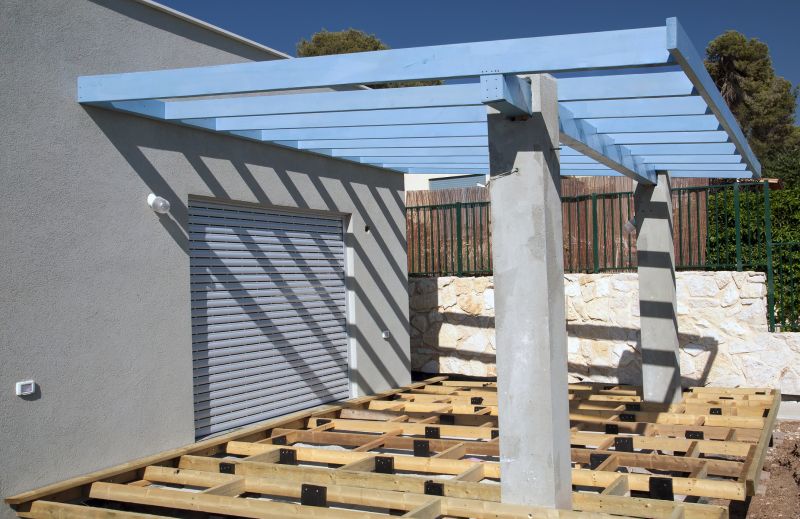
Optimal timing reduces delays, improves safety, and ensures high-quality results.
| Season | Advantages |
|---|---|
| Spring | Moderate temperatures, longer daylight hours, ideal for outdoor construction. |
| Summer | Extended daylight, good for quick completion, but requires planning for heat. |
| Fall | Cooler weather, less rain, good for scheduling outdoor projects. |
| Winter | Less ideal due to cold and potential snow, but possible in mild climates. |
| Late Spring/Early Fall | Optimal for avoiding extreme weather and ensuring project quality. |
